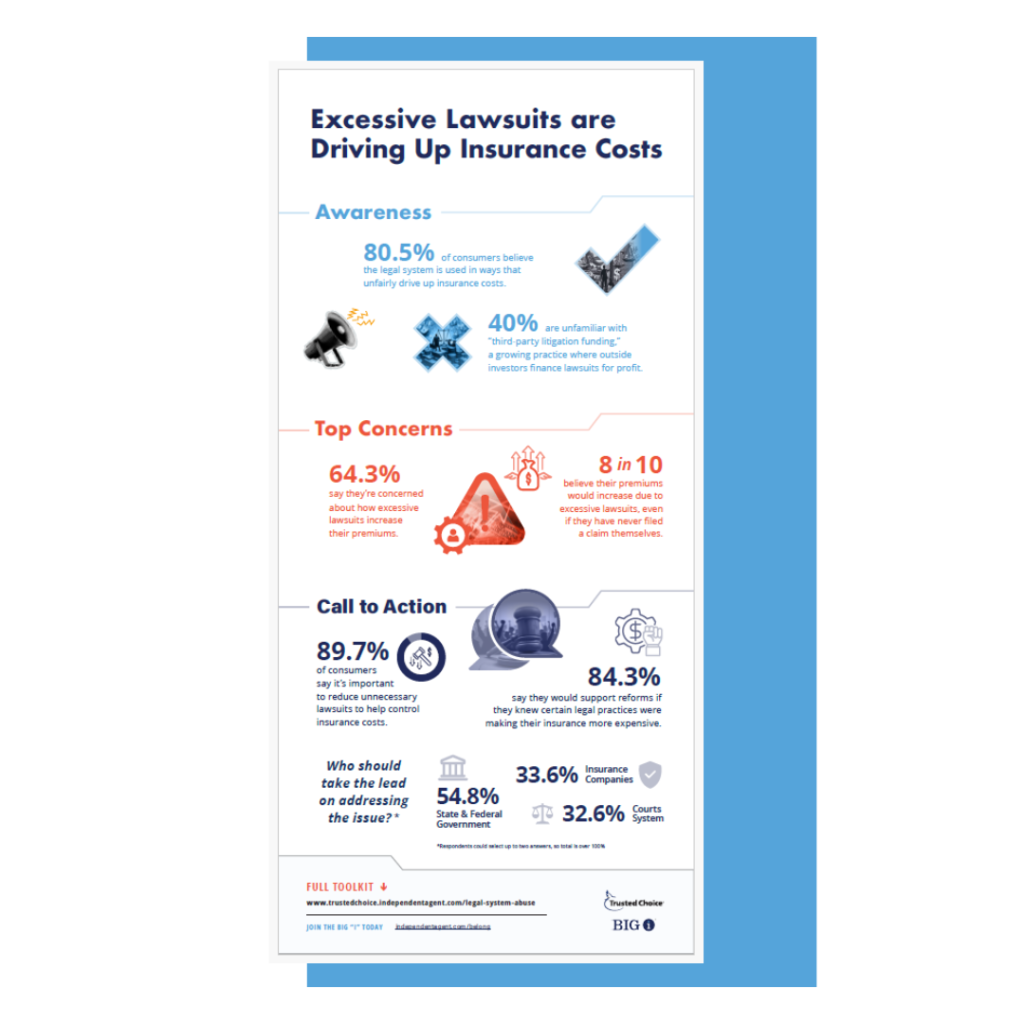What E&O Limits Do I Need?
In determining the limits an independent insurance agency should carry in an E&O/excess liability policy, what factors should be considered? Is it a matter of how much the agency can afford, how large an error or omission could be made, the size of the accounts at risk, etc.?
Author: VU Faculty In determining the limits an independent insurance agency should carry in an E&O/excess liability policy, what factors should be considered? Is it a matter of how much the agency can afford, how large an error or omission could be made, the size of the accounts at risk, etc.?
At what point could the liability be so large as to wipe out all the real financial value of the agency? How big of an E&O claim could you have? Do you get involved with large, complex businesses with interlocking arrangements with other businesses? At what point would you say, to heck with it, I’ll just start over? While it’s rare, we’ve seen E&O verdicts in excess of $20 million. It’s like answering your customer’s question as to how much to carry. The only safe answer is, “More.”
Second, what degree of certainty do you want that the limit will be adequate? Actuaries regard a 95% confidence level as high degree of certainty for loss reserves, although that means, it seems to me, that the reserve will be exceeded, on average, once in 20 years. In what states do you do business? How does those states view insurance broker/agent E&O? New York, for example, generally does not accept the “ya shoulda told me” claims by policyholders. On the other hand, New Jersey courts can be very generous to an insured whose agent did not recommend adequate insurance. Finally, how much can you afford/what do you want to spend?
I guess there’s potential for unlimited exposure on third party liability but I’d say that *in general* that increases with size of client and therefore *in general* that increases with size of broker. Of course, the *in general* bit is important. I know a couple of brokers with total premium income of around $8,000,000 where $6,000,000 of that comes from one single commercial client, and that would skew the E&O exposure. Of course a small broker can go out of business faster and use bankruptcy as a risk management tool faster. A big broker may have better tools to protect against an E&O, but a big broker is big so it is harder to control everyone. A big broker can’t get insurance and has to take a large retention. A small broker can get a small retention, but may only purchase small limits.
http://specialtyinsurance.typepad.com/specialty_insurance_blog/2007/09/insurance-agent.html http://www.insurancejournal.com/magazines/southcentral/2007/08/06/coverstory/82808.htm http://specialtyinsurance.typepad.com/specialty_insurance_blog/2007/09/the-agents-eo-m.html http://specialtyinsurance.typepad.com/specialty_insurance_blog/2007/07/california-fire.html http://www.insurancejournal.com/magazines/west/2004/02/23/legalbeat/37129.htm http://www.insurancenewsnet.com/article.asp?a=top_pc&q=0&id=93295 Just look at this list of coverage extensions: http://www.darwinpro.com/products/agente_o.html
 Decide how much of an uninsured loss you can absorb. You must evaluate the risk that you are taking and the amount of loss you can afford to take even if you have no insurance or a loss greater than the limits. If you are a corporation your liability may be limited. You should consult with your professional liability broker and your lawyer, working together.
 Ah, the age old question “How high is up?” Your limit needs to be greater than or equal to the biggest claim you will have to pay. Of course, if defense is within limits, you’ll need more. Considering that Agent’s E&O is a specialized coverage, many umbrella carriers may not be willing to attach over $1 or $2 million primary, or any primary for that matter. I have a certificate from a major west coast broker and the limit is $25,000,000 with a $1,000,000 deductible. The entire limit is with the same carrier. Now they might have an umbrella and just don’t list it. A large broker could have $100 million or even more (I don’t know the market capacity for this coverage) but for an agency with under $10,000,000 in premium revenue, $5 million would probably be adequate based solely on the type and complexity of programs placed. For any agent, documentation is paramount. Back in the early 90’s, I placed some business with a large (BI Top 100) local independent agent. My account rep went through every policy page by page and I initialed each page to confirm that I understood the form and what it did. Just as with small businesses, the limit selected will be influenced by how much it costs. Your state Big “I” association may have some information on the largest claims against their membership. Find a balance between the limits you might need and the limits that you can afford.
The first thing to consider is whether the agency is a corporation. A potential problem often ignored is in relation to corporations looking for coverage is whether their corporate shield is at risk if failure to procure adequate coverage results in the entities inability to cover a claim. If the umbrella policies you are looking at will not and cannot cover the exposure without generating a premium that will be commercially impractical, then the limits of coverage should be based on what would be considered reasonable in that area. If, on the other hand, coverage is available at an acceptable cost, then in addition to securing reasonable limits your client would also want to add the limits necessary to ensure survival of the entity (assuming it is concerned with maintaining the integrity of the entity).
1) You will never see it coming. 2) You will wish you could have seen it coming. We carry a $5,000,000 limit and probably need to increase that amount. $5,000,000 doesn’t go very far these days. We are loyal to the companies that are loyal to us. I know the companies we represent that will stand beside me and I know the companies we represent that will not stand beside me.
When I see the verdicts coming in lately, if I were an agent writing any commercial lines coverage, I’d want pretty significant limits. Note: Several of the comments above come from risk management practitioners on the RiskLikst email group. This Yahoo! group consists of insurance and risk management professionals from around the world and is an excellent source of information about technical, real world insurance and risk management issues.
|
 “In determining the size of an umbrella that an independent insurance agency should carry over their own E&O/professional liability policy, what factors should be considered? Is it a matter of how much the agency can afford or how large an error or omission could be made? What about the size of large umbrellas (manuscript policy) that our clients carry? Could you please provide some guidelines?”
“In determining the size of an umbrella that an independent insurance agency should carry over their own E&O/professional liability policy, what factors should be considered? Is it a matter of how much the agency can afford or how large an error or omission could be made? What about the size of large umbrellas (manuscript policy) that our clients carry? Could you please provide some guidelines?” The question, “What liability limits do I need?” is one that probably cannot be answered. It’s the same question your insureds routinely ask. For some general guidelines, here is a VU article on this: “
The question, “What liability limits do I need?” is one that probably cannot be answered. It’s the same question your insureds routinely ask. For some general guidelines, here is a VU article on this: “








